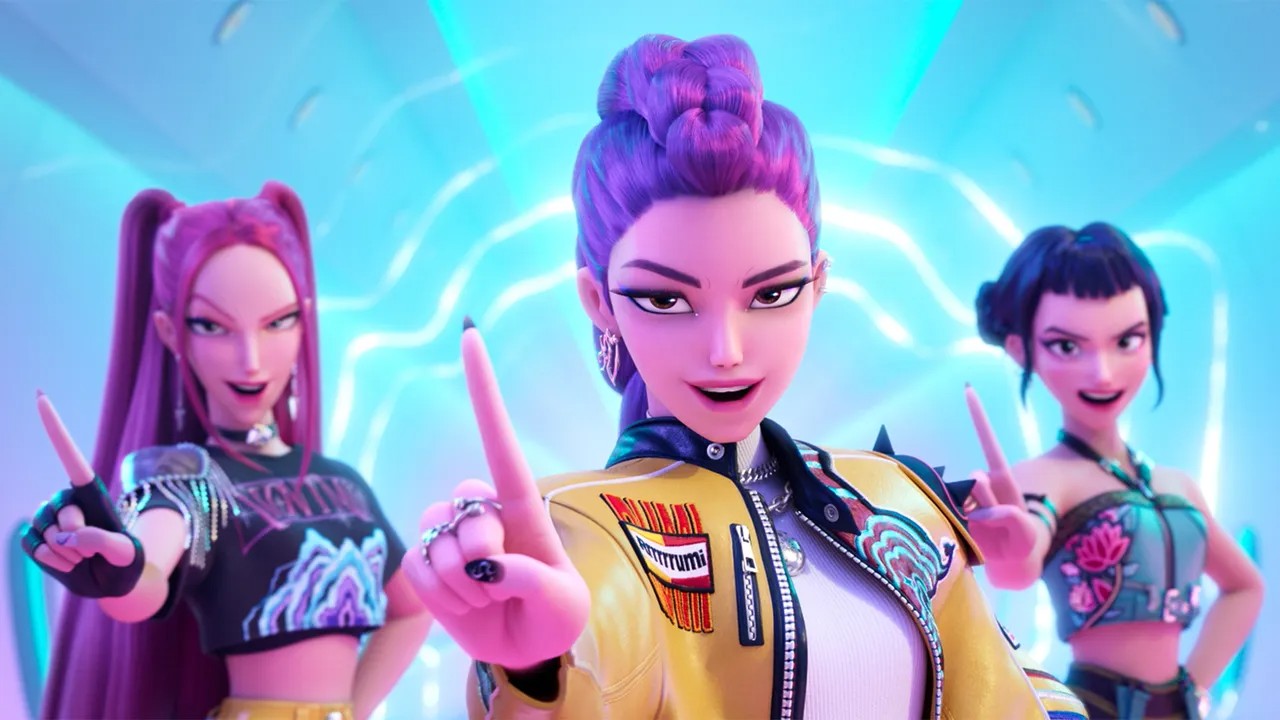Making the incredible invisible VFX of Horizon: An American Saga - Chapter 1
Ingenuity Studios created a CG river valley six miles long for Kevin Costner's epic Western, and you won't believe it's CG. VFX Supervisor JP Jaramillo and Executive VFX Supervisor Grant Miller explain how they did it.
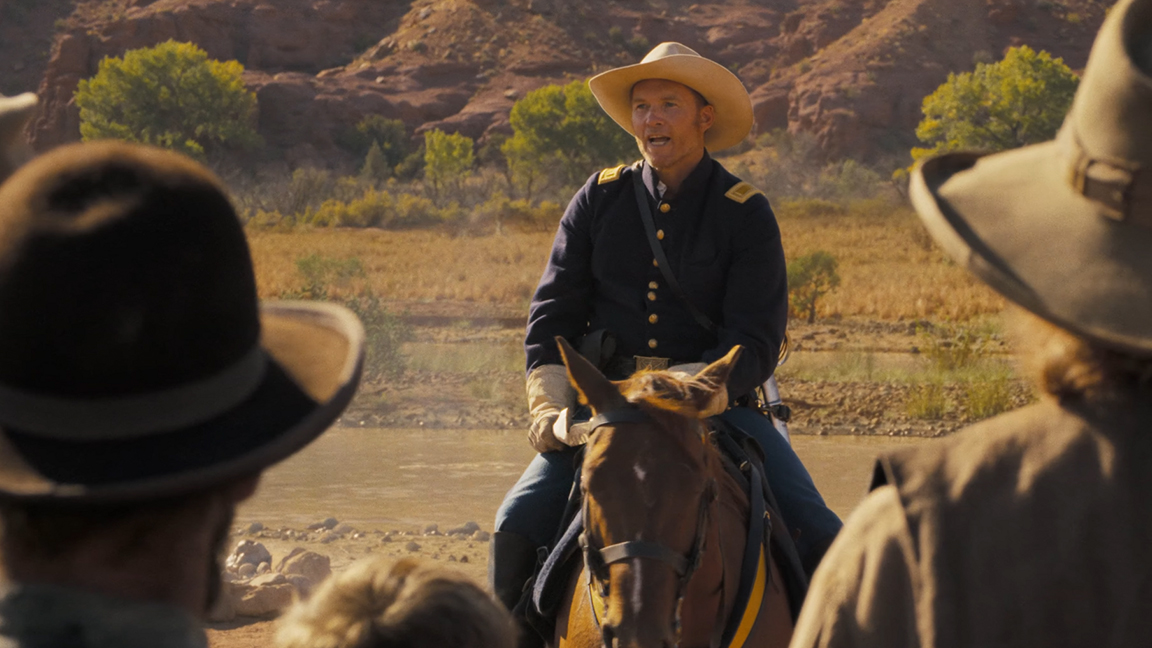
In films like Horizon: An American Saga - Chapter 1 the natural environment plays as much of a role as any of the characters, and so the VFX needs to be invisible. In the right hands, it can be some of the best VFX you'll see on screen. The sky, the mountains, the earth and the water ground the viewer with a strong sense of place that suspends disbelief and enables the story to unfold.
Watching this picture, you take for granted that natural elements, such as the New Mexico hillscape and the river that winds its way through most of the plot, are real. But they’re not.
In real life, the giant six-mile-long river was just a small pond dug out and filled with water to serve as a reference. Principle photography took place in Utah, and the terrain was transformed in post to look like New Mexico.
These are truly invisible effects: so realistic and seamless that even as characters splash around in the water, the spell is never broken. You’re never taken out of the film by lighting or physics that feels off.
Creating perfect invisible VFX
Horizon is a four-part epic Western chronicling the many conflicts between homesteaders, Native Americans, and each other during a 15-year period around the time of the Civil War. It’s a passion project for Kevin Costner, first conceived of in 1988. He wrote the screenplay with Jon Baird many years after the initial idea, and now he’s finally bringing it to life under his own steam as a self-funded project. Costner is the director, the producer, and he plays the starring role.
Ingenuity Studios’ VFX supervisor JP Jaramillo and executive VFX supervisor Grant Miller were brought onto the project via their prior working relationships with overall post supervisor/VFX producer Armen Fetulagian (they worked together on The Recruit and Sunny) and co-producer/VFX supervisors Jamie Neese and Jason Neese (Solos).
As well as transforming the landscape where the action takes place, the Ingenuity team created CG horses, digi-doubles, FX for scenes with gunfire, and the flames, smoke and gore for a massacre sequence in which Apache tribe members set the town of Horizon on fire and attack the inhabitants as they flee. They transformed some scenes shot in daylight to appear as though they took place at night, and, ironically, had to remove the real Colorado River from some shots.
Daily design news, reviews, how-tos and more, as picked by the editors.
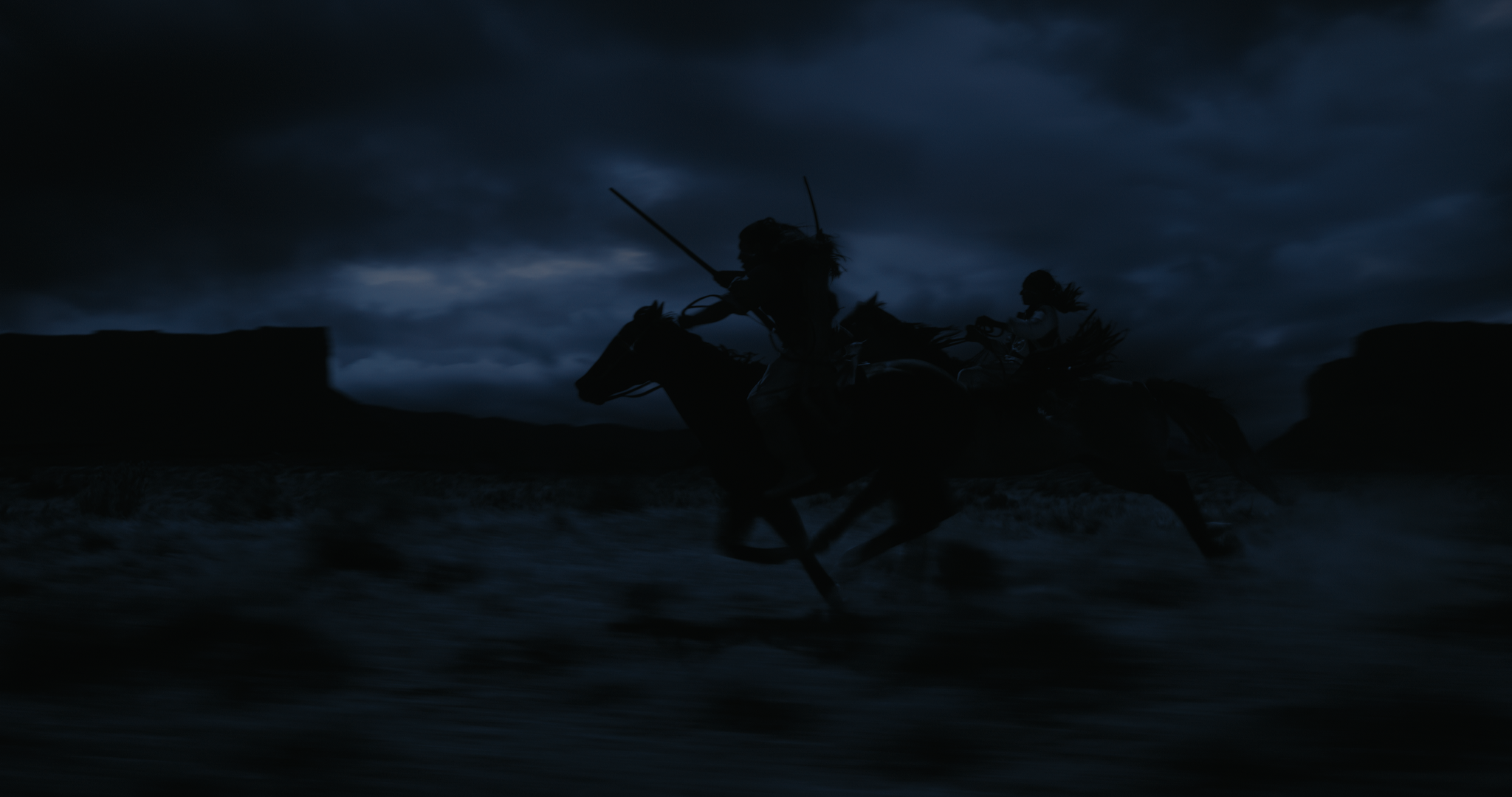
The first step for Jaramillo and Miller was a meeting with Costner at his Santa Barbara home, where he explained his creative vision for the project to the pair. “We weren’t sure what to expect going in, but it turned out to be a really crucial meeting that saved us months worth of work,” says Miller. “I had my laptop plugged into Kevin’s TV and ended up just painting concept art in Photoshop for the river and valley as he described what he was after. This wasn’t just an introductory meeting, it really helped us understand the intent of the film and Kevin’s specific and exacting vision. It was inspiring to dive into the work together.”
Jaramillo agrees: “Kevin’s passion and personal connection to the project is undeniable – he named his son Hayes after the character he plays in the movie. It was important to Kevin that we grasp the significance of the project, and we were fully aligned with his vision for these films.”
As one might expect for a project so close to his heart, Costner made it clear that anything constructed digitally needed to be perfect. “Kevin Coster had very high expectations for realism, authenticity, and absolute invisibility for all of the visual effects work,” says Miller. “Everything had to feel convincingly real. Kevin had a lot of precise considerations in his mind.”
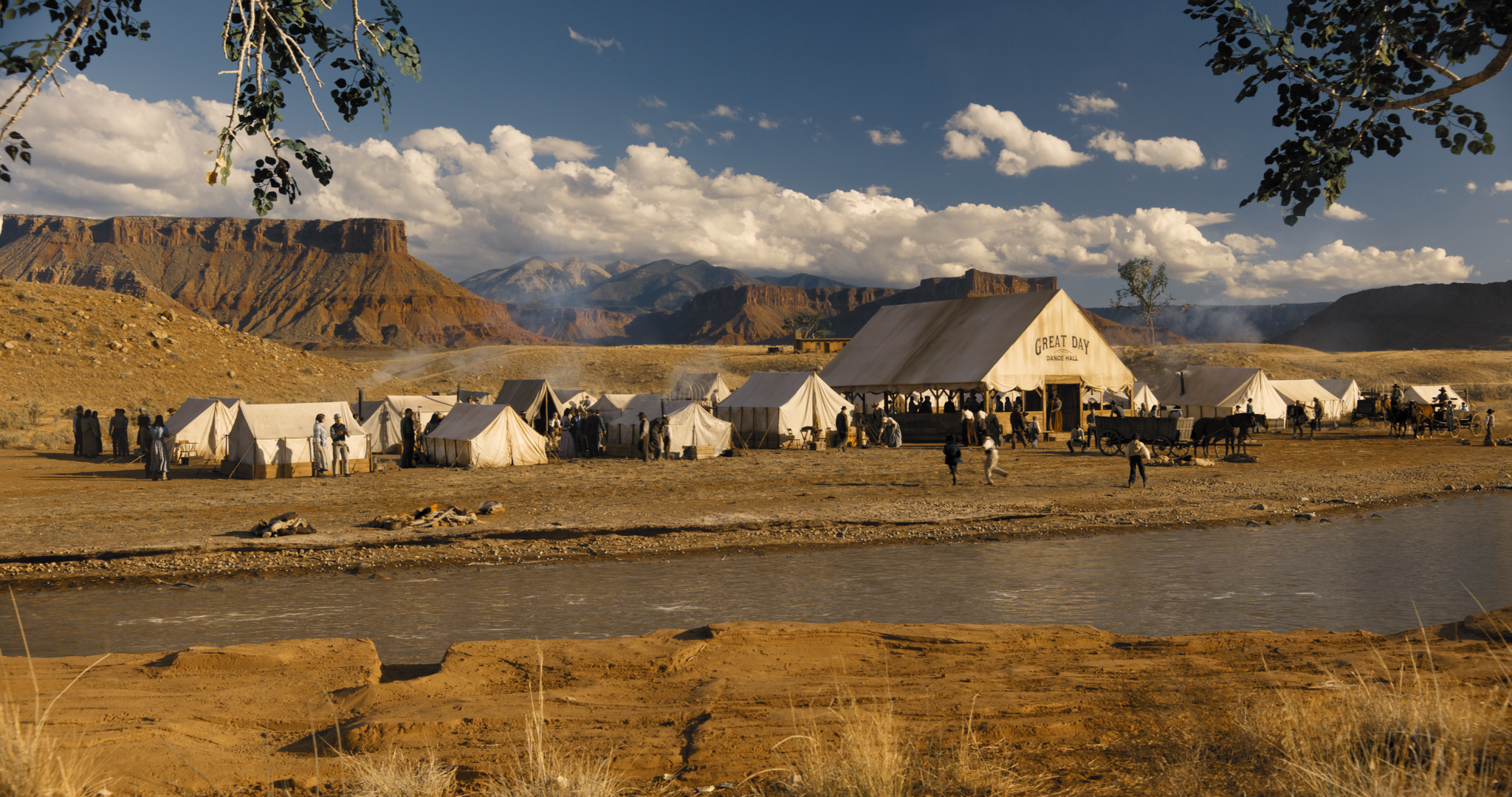
Kevin Costner also set the VFX team up to think about the full scale of the project from the start. Jaramillo tells us: “On a strategic level, Kevin wanted us to keep the three other movies in mind from the outset. Certain events that happen in later films that take place near the river so we had to make room for future scenes. The main town, Horizon, is near the river and a lot of events happen here.”
Despite the extensive VFX in this picture, Miller tells us: “This wasn’t a big VFX shoot, there were no huge green screens.” In fact, quite remarkably, they were able to achieve everything, including creating a 15-square-mile CG landscape and seamlessly blending it with the practical photography, without even being present on set. The Neese brothers took care of the VFX input that was needed, and they got LiDAR scans of the area (we presume using one of the best 3D scanners).
But this kind of minimally invasive approach is business as usual for them, Miller tells us. “We’re a production-friendly studio. That’s the Ingenuity way. You capture what you want to film and we’ll work around that.” Not being there didn’t put them at a disadvantage, he says: “The photography of the film was very natural in situ. We primarily relied heavily on roto to add our work to the footage, but doing anything else would have been impractical. It worked out well as we were tasked with augmenting and enhancing the beauty of the natural landscape, and it was great to have that as a reference to build from. In the end we were able to deliver a lot of big invisible VFX without a ton of on-set disruption.”
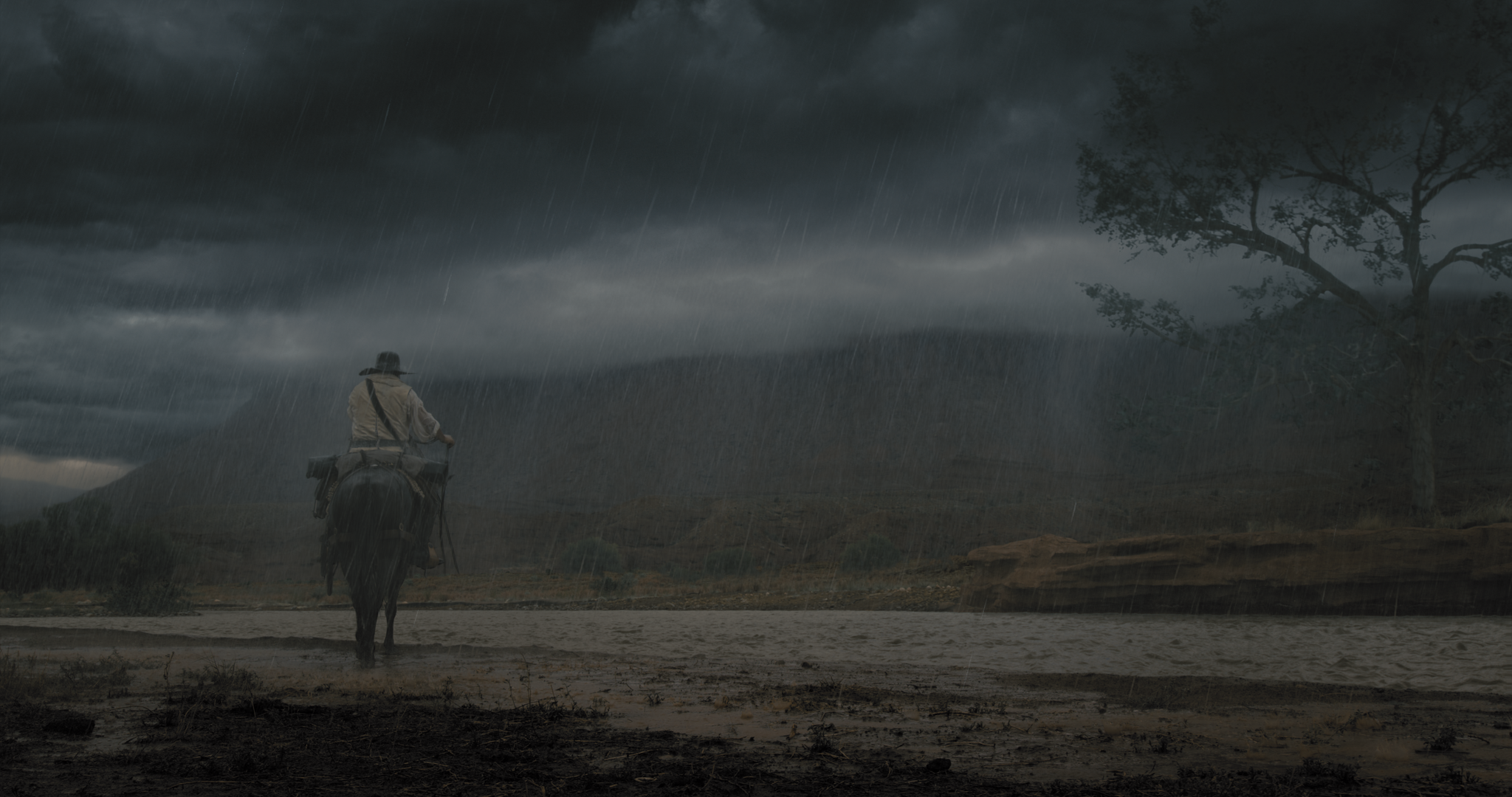
Central to their work was the creation of the very wide, six-mile-long river that runs adjacent to the town and appears prominently throughout the film. The water, surrounding terrain and eroded banks were shown at different times of day and night, from many different angles and in different weather conditions, including a thunderstorm. There were also people and objects interacting with the water on numerous occasions.
“Our CG landscape stretched for miles along the sides of the river and included vast fields of golden grass, trees, rock formations, and even a cemetery,” says Jaramillo. “Our work had to hold up as close as a few feet from the camera, but also extend out to the deep background.”
Costner retained a great deal of creative control over this part of the environment. “Because Kevin was so specific about the properties he wanted the river to have (flow, speed, turbulence, whitewater sections, interactions with characters), we were able to develop a strategy to deal with different sections of the river in different ways,” says Jaramillo.
Miller explains: ”It wasn’t viable to simulate the entire river, so we simulated sections that we were interacting with talent or hero in the foreground and then linked those up to the other sections that were handled procedurally.”

The sheer scale of the river and surrounding landscape meant that handling it was one of the main challenges of the project. “The river valley was such a large CG set,” Jaramillo tells us. “We needed to recreate the geography of the shooting location and figure out exactly where each camera existed in 3D space, and which cardinal direction each camera was pointed at, to then show the corresponding section of the river for that particular shot.” Miller adds: “With just a couple degrees of camera tilt, the river is off.”
The most complex scene in the film was the massacre in Horizon, in which the VFX team had to digitally set the town ablaze and add all of the blood and gore that results from a ferocious Apache tribe attack. Jaramillo says: “Almost every shot required a mixture of 3D and 2D fire, embers raining from the sky, smoke, CG extras running or being chased. We also added a digital horse and rider stunt. In the end all of that needed to be reflected in the CG river flowing in front of the town.”
Costner had intended to film the scene with practical fires, but windy weather on the night of the shoot scuppered that plan. He wanted the characters to face “apocalyptic” fire, so it was down to Ingenuity to create large-scale fire and smoke simulations to match that vision.
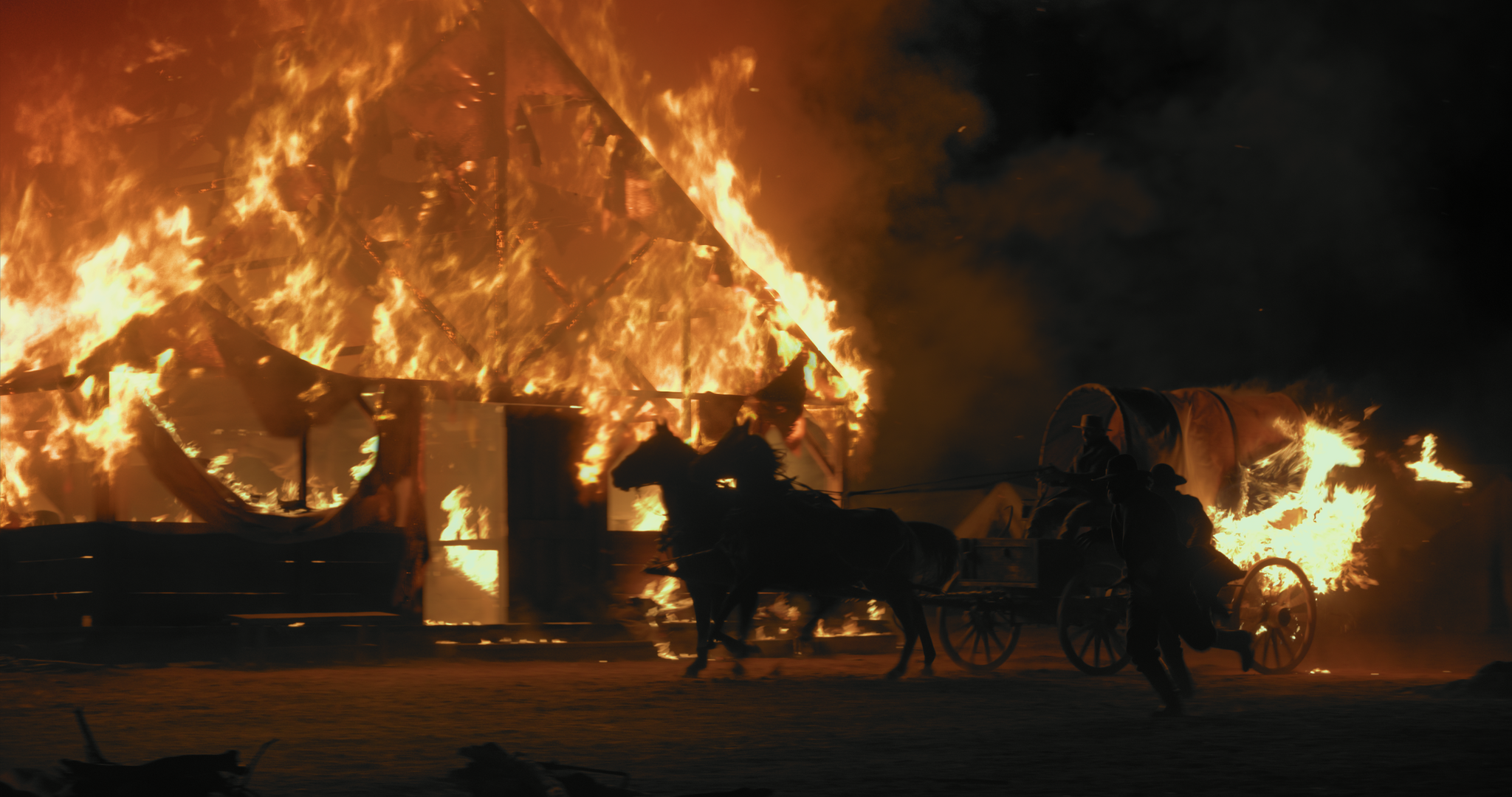
With so much going on at once, as well as the light interactions with characters to consider, putting the scene together was intricate and painstaking work. “It wasn’t one single element, it was the combination of everything in so many shots,” says Jaramillo. “One element affected the other, including the river. Digital extras had to respond to the effects of the fire. We had to have department lines of communication open so we could deal with the challenge of linking all the things together.”
Miller adds: “We were dealing with the complexity of seven or eight things happening in an individual shot simultaneously. Then, we had to reflect all of that in the river. It was a ton to keep track of!”
In one sequence during the massacre, a horse is shot and falls to the ground, catapulting the rider into the river. It was created by skillfully interweaving practical effects with VFX in post.
Jaramillo says: “The scene was shot practically with a stuntman atop a life-sized, fake horse rigged to a pulley system that flung the rider off the horse. It became apparent early on that we needed to replace both the horse and rider with CG doubles for the sequence to look convincing - however, we ended up keeping the practical water splash, blending it in with the rest of our CG river, and seamlessly transitioned back to the stunt person in the water after his fall. Of course, the large CG dance hall fire, smoke, embers, and CG crowd were all present in those shots as well.”
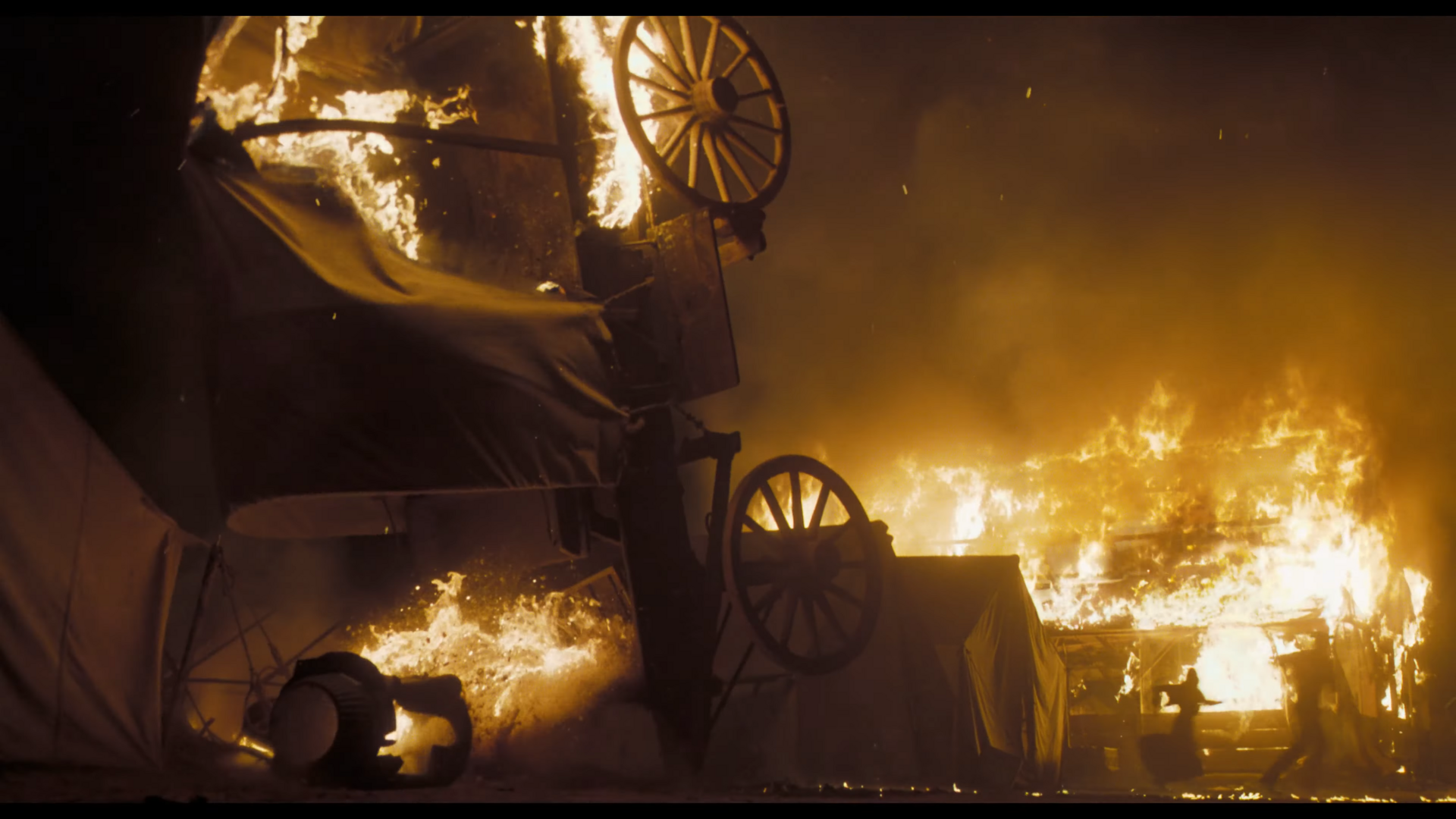
The end result is a frantic, thrilling scene that satisfied Costner’s desire for overwhelming devastation wrought by flame. “Kevin Costner was extremely impressed with our work and we’re so proud of that,” says Jaramillo. “The massacre scene was quite barren before VFX, and it became one of the most visually powerful and intense moments in the film.”
As a client, Costner was a strong creative lead throughout the process. Miller tells us: “Kevin gives very specific notes and really knows what he wants. He holds a lot of information in his head and does a solid job of articulating it. We went on a journey with him for the VFX as it wasn’t something he had a ton of experience with, and it was great that he trusted us to execute his vision as he described it.”
If you've been inspired, then read our feature where Framestore's experts explain key VFX jobs and then grab one of the best powerful laptops for VFX.
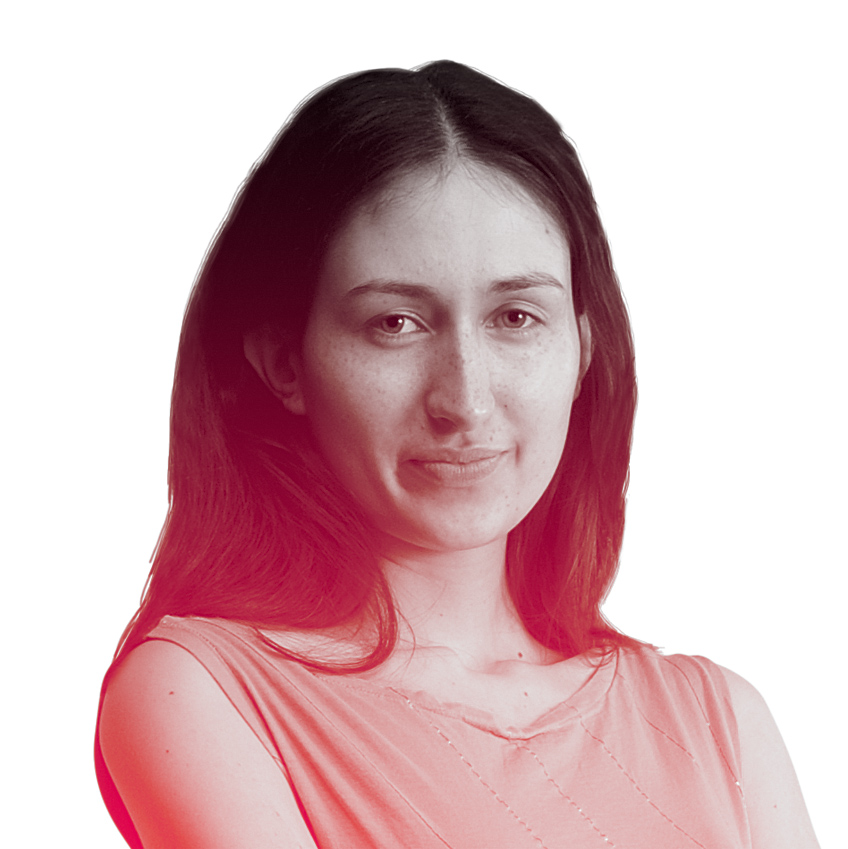
Tanya is a writer covering art, design, and visual effects. She has 16 years of experience as a magazine journalist and has written for numerous publications including ImagineFX, 3D World, 3D Artist, Computer Arts, net magazine, and Creative Bloq. For Creative Bloq, she mostly writes about digital art and VFX.
